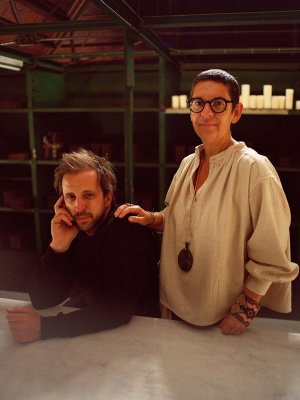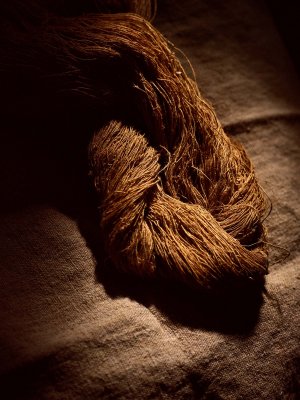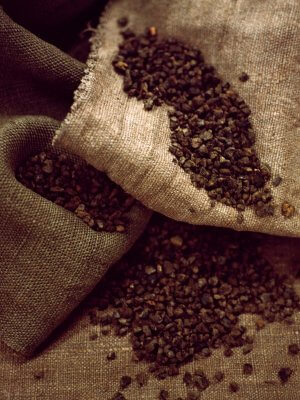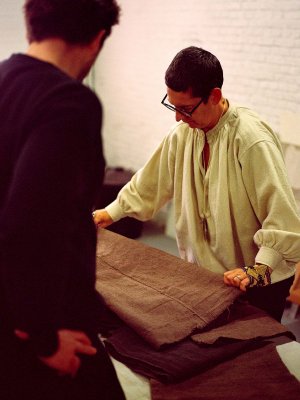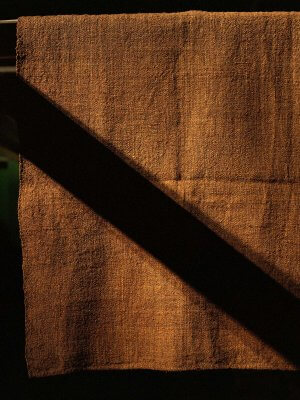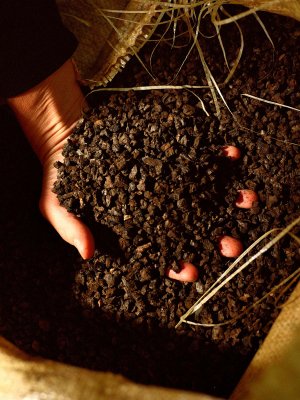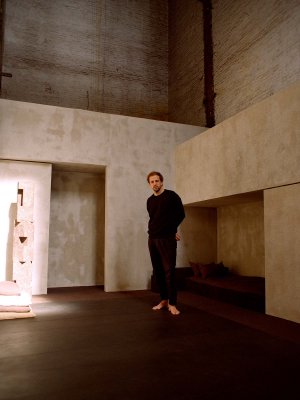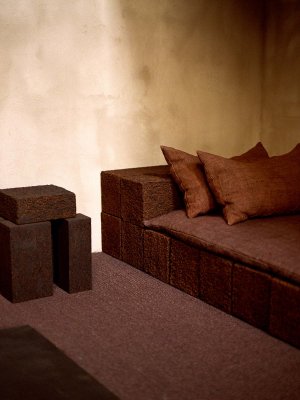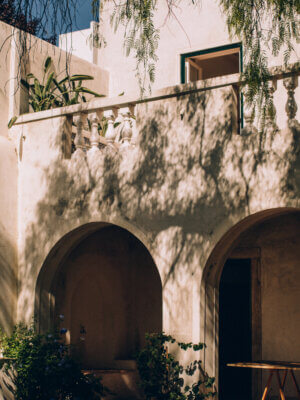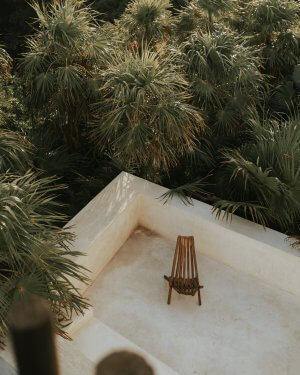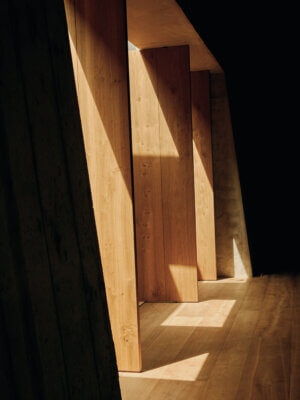Form does not just follow function for designer Cédric Etienne—it follows a need to create atmospheric spaces ripe for reflection, for serenity, for slowness. This ethos defines his Antwerp-based multi-disciplinary design practice Studio Corkinho, which produces everything from plates and bowls to daybeds and Noren (traditional Japanese fabric room dividers). Although the objects in his collections are indeed functional, they also are designed to realign the user’s perception and awareness of objects and space. Such a practice is heavily influenced by zen aesthetics and Japanese philosophical traditions, which are also key influences for Brussels-based designer Isabelle Yamamoto, so it’s only natural that when the two met, they immediately launched a collaboration. Now, they are working together to create a special contemplative cushion of upcycled hemp linen and cork for our forthcoming surf club, Simple. We spoke with Etienne and Yamamoto about working together and creating the cushions, part of their collaborative Doma Collection.
INTERVIEW
Work in Progress
A Collaborative Objet d'Art from Disused Cork and Hemp Fabric
In the second installment of our series of conversations on the creative processes of artists, designers and other contributors in the world of Slowness,we speak to textile designer Isabelle Yamamoto and Cédric Etienne, co-founder of the renowned multidisciplinary design practice Studio Corkinho. In a unique collaboration, they are challenging the notions of what a cushion can be through an upcycled hemp- and cork-based objet d’art.
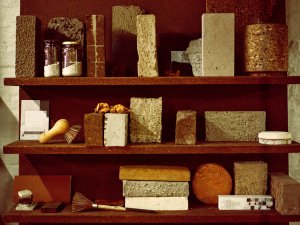
- WRITER Emily McDermott
- PHOTOGRAPHY Mathieu Richer Mamousse
In the second installment of our series of conversations on the creative processes of artists, designers and other contributors in the world of Slowness,we speak to textile designer Isabelle Yamamoto and Cédric Etienne, co-founder of the renowned multidisciplinary design practice Studio Corkinho. In a unique collaboration, they are challenging the notions of what a cushion can be through an upcycled hemp- and cork-based objet d’art.
- WRITER Emily McDermott
- PHOTOGRAPHY Mathieu Richer Mamousse
“We really want to cultivate purpose and narratives through objects. We’re not making art, but it’s the art of life. Like I have this cushion, chair, cork item, and I carry it with me always because I have strong bonds with it.”
Slowness Can you start by telling us how you first met and decided to work together?
Cédric We’re working together for the first time on the Doma Collection, and it’s a very organic collaboration. Studio Corkinho has been working on the creative direction and Isabelle has been giving ideas—her expertise and her knowledge about the fabric is really helping to push the boundaries of the items.
Slowness Isabelle, what drew you to working with fabric?
Isabelle I had been working in the perfume industry for 25 years, but about four years ago I had a burnout. I spent the first two years recovering, rebuilding myself, and at the end of that I felt I had to do something with my hands, something that makes sense for the world we are living in and for the environment. I had the idea to upcycle vintage hemp fabric, which is used in the collaboration with Studio Corkinho as well as in my own collections. I really want people to appreciate the old fabric and the stories that go with it. Each piece of fabric has a history.
Slowness What is your process of upcycling like?
Isabelle It’s a very simple approach that stems from a love of material. It’s about sublimating and giving a second life to old materials that were previously just sitting in a garage somewhere. Sometimes I keep the hemp natural and other times I dye it with rustic, natural, earth-toned pigments. For the coloration, I work almost exclusively with a woman, Marie, who has been experimenting with dying vintage clothes and embroidered tablecloths for the last 25 years. She works in a small atelier with an old washing machine. Because each piece of fabric is different, we always get a different color at the end, even if we use the same dye. The fabric brings its own personality, and that’s the beauty of it: There’s a different story every time. For example, for the Still Collection, we used deep, dark burnt wood colors, and exploring these colors is never-ending. You can do a million things.
Slowness Why did you choose deep wood colors?
Cédric The pigments for this collection were all inspired by mother earth. We wanted to have a very distraction-free patina, a sensorial aspect than the rather a color, so we really tried to neutralize the pigments and have them all in between brown and gray. We made extracts of bark, and we have little formulas we’re using only for this collaboration. And the pigments are natural pigments, coming from stone quarries in central Portugal, as well as Morocco and France. It’s all naturally dyed.
Isabelle The burnt cork has so much color, which it's very interesting to explore. It can go from a dark burned color to a dark chocolate, to a more natural chestnut color.
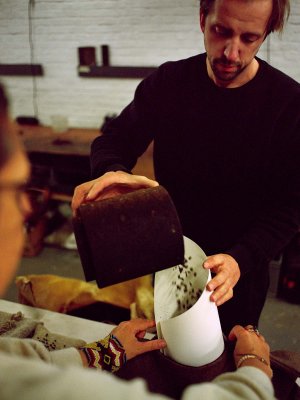
Slowness After pigmentation, the hemp linens are then filled with cork. Can you tell us about your use of this material?
Cédric The concept came out of Studio Corkinho, where I've been testing this cork granule. It's a leftover and is shaped like tiny bits of granola or beans. It’s from burned tree bark, so it’s 100 percent organic. We source it in Coruche, Alentejo, and we process it in Porto. With the pigmentation, we’re really trying to translate the sensation of tree bark into color.
“It’s a very simple approach that stems from a love of material. It’s about sublimating and giving a second life to old materials that were previously just sitting in a garage somewhere.”
Slowness And then there’s a fourth element, a kind of scent, right?
Cédric Yes, in addition to the cork and pigmented hemp, we are using essential oil to create an olfactory layer within the object. Because the cork granules are really absorbent, we are putting them in a big bin of Hakudo Rain–scented essential oil created by Aoiro. It’s a very fresh scent inspired by the heavy rains of Japanese islands at the end of the summer. When it rains really hard, the scent of the soil evaporates. Buddhist monks then go to meditate in nature to connect and to listen to the scent, to really enter into a kind of meditation connecting with the scent of mother earth. The scent is very slight; the idea is to propose a kind of contemplative cushion and, through smell, add an extra sensorial layer.
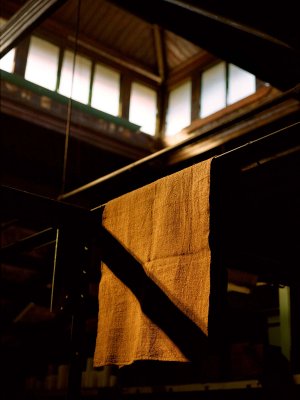
Slowness Can you expand on this idea of a contemplative cushion?
Cédric If you look up "doma Japan,” you will see a specific type of traditional Japanese architecture: It’s a place where you take the shoes off, literally. It's an in-between space, a kind of negative space between what's exterior and what's interior. The idea of this cushion was to propose meditation or a moment for introspection or contemplation—a moment to appreciate the now. The cushion is made in the spirit of stillness, serenity, simplicity, and the moment of ma, the space in between. Also, bark normally protects the tree, but here we have inversed this relationship by putting the cork granules within a linen skin. The fact that the cork is at the center and is protected by a vintage hemp cloth that has been dyed is a metaphor to invite travel inwards.
“Purposeful space is an elevation of stillness; we want to elevate stillness in a contemplative atmosphere. We need places where we can recharge and feel the energetic potential of the void or find a ritual that fits our lifestyle and will bring wellbeing, emotionally and physically.”
Slowness How does this project reflect Studio Corkinho’s creative practice at large?
Cédric We really want to cultivate purpose and narratives through objects. For example, if I make a chair, it needs to be connected to a moment of the day—maybe it's going to be the chair you're going to use on Sunday when you're having your breakfast—not just a chair. We really try to narrow down the scope of the function, and then it becomes more like an objet d'art. We're not making art, but it's the art of life. Like I have this cushion, chair, cork item, and I carry it with me always because I have strong bonds with it. We want to design relationships with objects rather than mere functionality. We also want to create dialogs between objects and spaces.
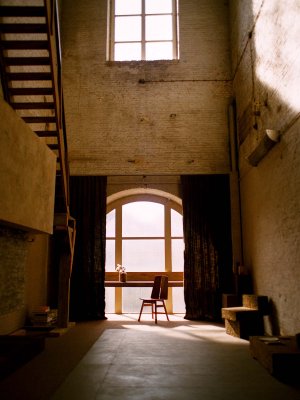
Slowness Can you elaborate on this? How does this collaboration reflect your wider project of “curating stillness”?
Cédric Purposeful space is an elevation of stillness; we want to elevate stillness in a contemplative atmosphere. Even in our home or our holiday destination, we need places where we can recharge and feel the energetic potential of the void or find a ritual that fits our lifestyle and will bring wellbeing, emotionally and physically. So, with the Doma cushion, it is not just about the cushion. It's about the moment, about the emotion, about the purpose of an atmosphere. It’s about trying to get in this kind of distraction-free zone, where you can only have one cushion and one space.
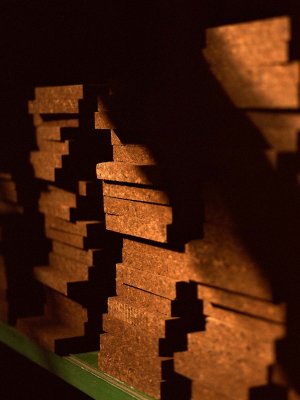
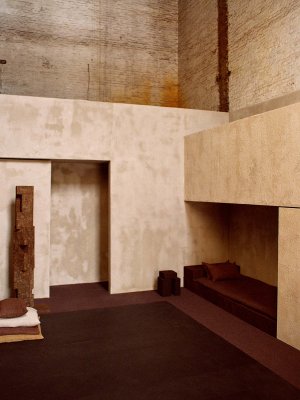
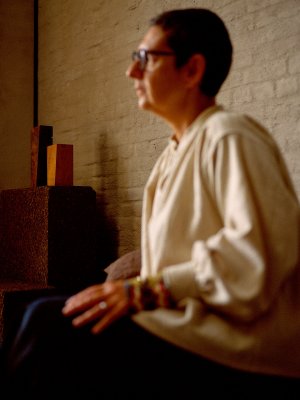
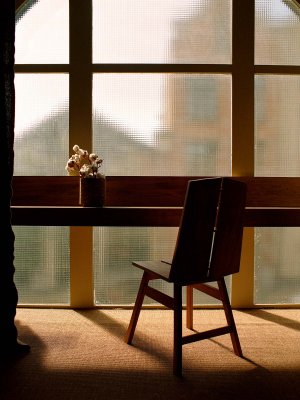
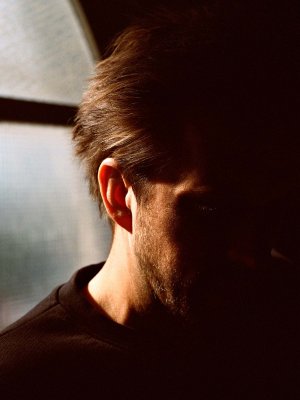
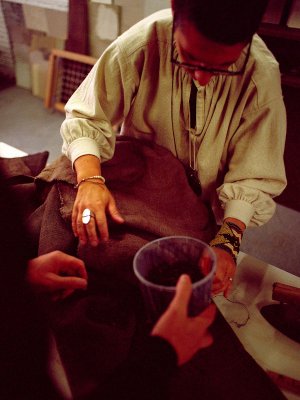
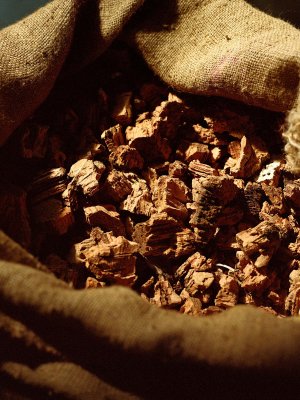
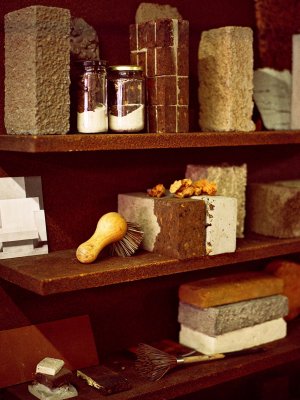
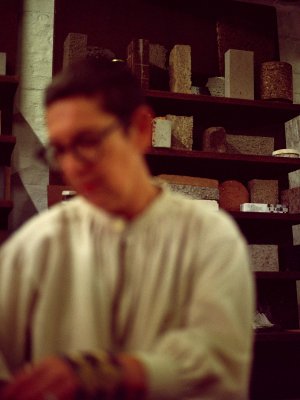









Contact
Berlin
Zur Alten Flussbadeanstalt 1
10317 Berlin, Germany
10317 Berlin, Germany
LISBON
Largo de Santa Marinha 1
1100-383 Lisbon, Portugal
1100-383 Lisbon, Portugal
Website by Studio Airport
